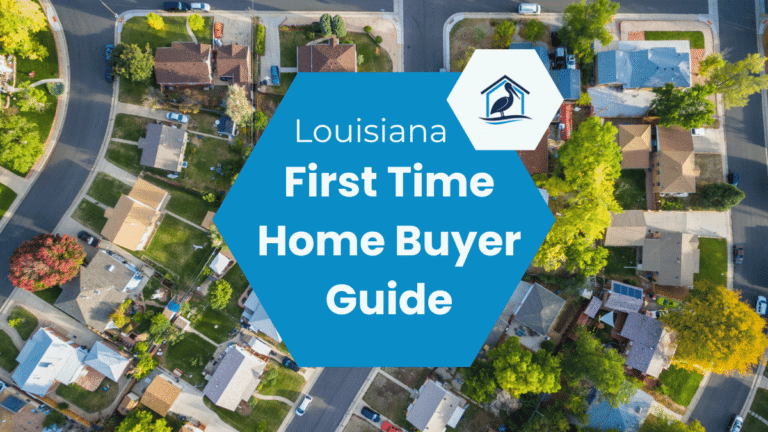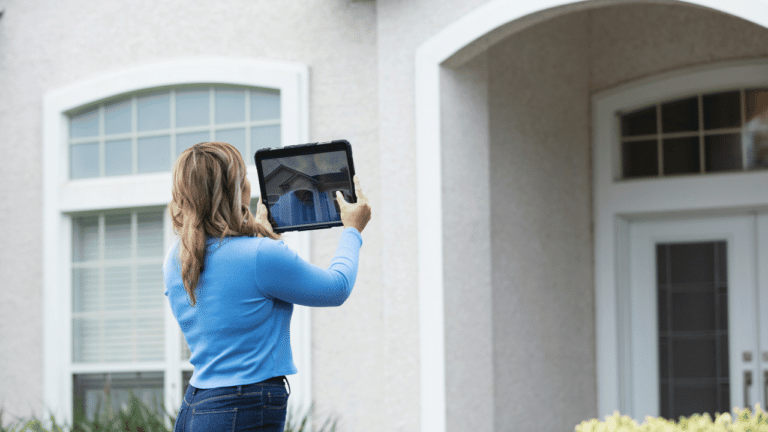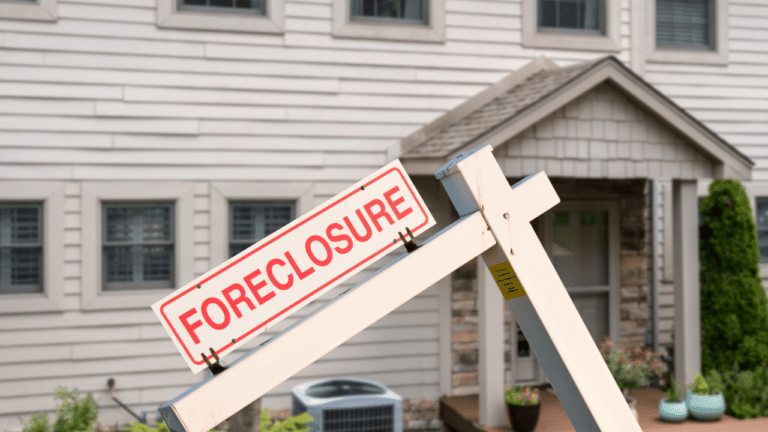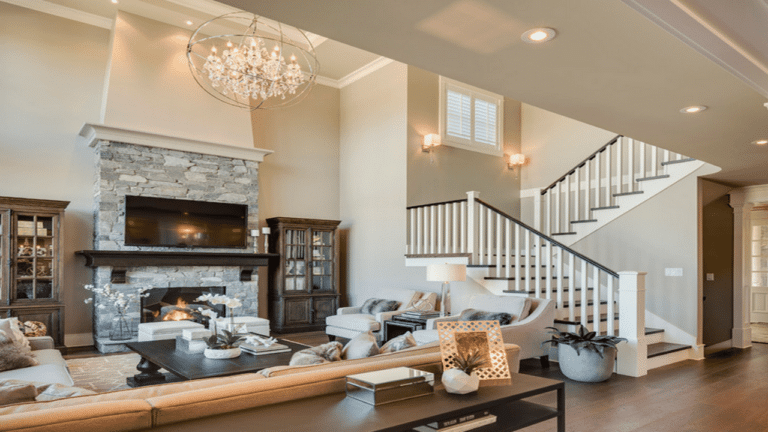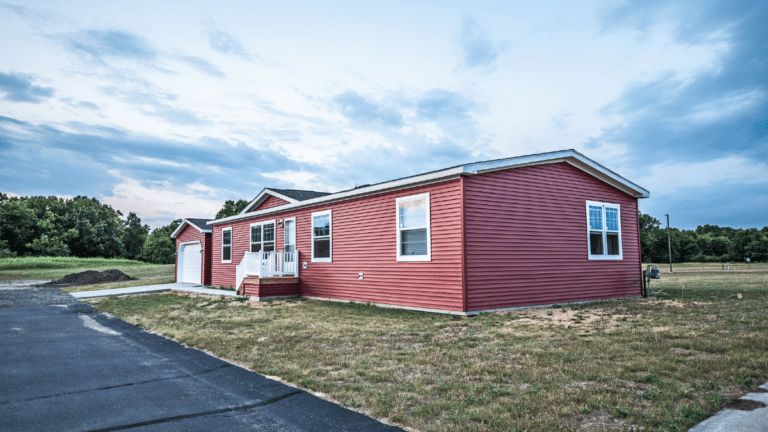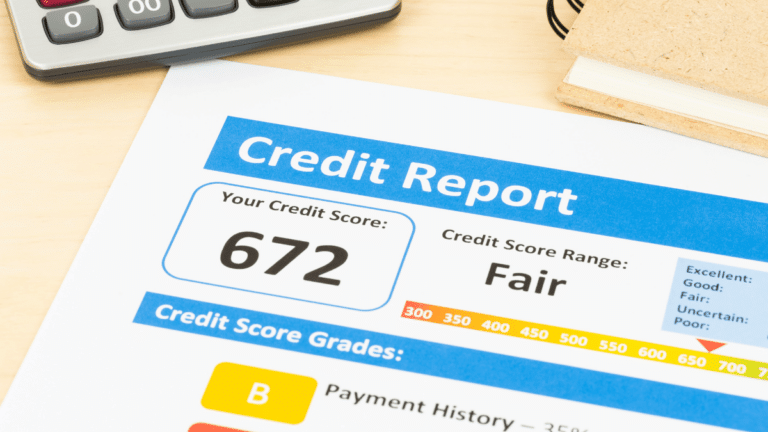Your Guide On FHA 100 Financing
Buying a home is a big step, and for many, coming up with a down payment is a major hurdle. FHA 100 financing might be the solution you’ve been looking for. Let’s dive into what it is and how it can help you.
Understanding FHA Loans
FHA loans offer a beacon of hope for many people who dream of owning a home but who might not have a big chunk of cash saved up for a down payment or who might not have the best credit score.
These loans are backed by the Federal Housing Administration (FHA), which means if a borrower can’t pay their mortgage, the FHA will help cover some of that risk for the lender. Here’s why FHA loans are a friend to many first-time homebuyers:
- Lower Credit Score Requirements: While traditional loans might need a higher credit score, FHA loans are more forgiving. You might be able to get an FHA loan with a credit score as low as 580.
- Smaller Down Payment: Many mortgage loans ask for down payments of up to 20%, but with an FHA loan, you might only need to put down 3.5%.
This combination of features makes FHA loans particularly attractive to many aspiring homeowners.
Understanding Down Payment Assistance with FHA 100% Financing
Imagine getting the keys to your new home without having to empty your savings for a down payment. That’s where Down Payment Assistance (DPA) programs come in, making the FHA 100 financing package even sweeter. These programs are designed to help eligible homebuyers cover their down payment, sometimes offering the funds as a grant or a low-interest loan.
To tap into this fantastic resource, you’ll likely need to:
- Meet Income Limits: Many DPA programs are aimed at helping lower to medium-income families, so you might need to fall below a certain income threshold.
- Complete a Homebuyer Education Course: These courses prepare you for homeownership’s responsibilities and benefits.
- Use the Home as Your Primary Residence: DPA programs generally require that you live in the home you’re buying, not use it as an investment property.
Finding a DPA program that works with FHA 100 financing could dramatically reduce the upfront cost of buying a home, making it an option worth exploring for many buyers.
FHA Down Payment Assistance Benefits
The prospect of homeownership becomes significantly more attainable with FHA down payment assistance (DPA). This support not only helps you hurdle the financial barrier of a down payment but also brings several other advantages:
- Zero to Little Money Down: The most apparent benefit is the substantial reduction or complete elimination of the need for a down payment. This means you can own a home without the typical upfront financial burden.
- Allocate Funds Elsewhere: With the down payment taken care of, you can use your savings for other important things. Perhaps you’ll need money for home improvements, furnishings, or to buffer your emergency fund. The flexibility here is a huge plus.
- Benefit from Low-Interest Loans: If the DPA program offers a loan instead of a grant, it’s often at a very low interest rate, or even interest-free, which minimizes its impact on your monthly budget.
Embracing the advantages of down payment assistance programs alongside FHA loans can make the dream of homeownership a more achievable reality for many families.
FHA 100 Financing Eligibility
Dreaming of tapping into the benefits of FHA 100% Financing? Let’s see if you’re eligible. The path to qualifying involves a few important steps:
- Credit Score: To engage in the world of FHA loans, generally, you’ll need a minimum credit score of 580 for the lowest down payment option of 3.5%. If your score is between 500 and 579, you might still qualify, but you could be asked to put down 10%.
- Find a Participating Lender: Not all lenders are created equal, especially when it comes to FHA 100% Financing. Search for one experienced in working with FHA loans and down payment assistance programs for the smoothest process.
- Qualify for DPA in Your Area: Because down payment assistance programs vary greatly by area and have their own unique sets of rules, you’ll need to find a program in your locality or state that you’re eligible for. This usually means meeting specific income limits, intending to use the home as your primary residence, and possibly completing a homebuyer education course.
If you fit these criteria, you’re on your way to potentially qualifying for FHA 100% financing, making homeownership more accessible and less financially taxing right from the start.
Getting a 100% FHA Financing Home Loan with No Down Payment
Feeling ready to move forward with securing a home loan without the burden of a large down payment? Here’s a step-by-step guide to navigate the application process for 100 FHA Financing:
- Check Your Credit Score: Before anything else, know where you stand. Your credit score is a key factor in determining your eligibility. Aim for a score of 580 or higher to qualify for the best terms.
- Find a Knowledgeable Lender: Not all lenders have expertise in FHA loans or down payment assistance programs. Look for one who does, as they can guide you through the process seamlessly.
- Get Pre-approved: Pre-approval gives you a clear picture of how much you can borrow and shows sellers you’re serious about buying. Gather your financial documents and approach your lender to get pre-approved.
- Search for Down Payment Assistance (DPA) Programs: These programs vary by state and locality. Research or ask your lender about available DPA programs in your area that work with FHA loans.
- Apply for the Loan and DPA: Once you’ve found a suitable DPA program and a home you’re interested in, complete your application for both the FHA loan and the down payment assistance. Your lender and the DPA program administrators will guide you through this process.
By following these steps, you’re well on your way to homeownership, potentially without having to make a traditional down payment.
Alternative Home Loans with No Down Payment
Homeownership might seem like a distant dream if saving for a down payment feels out of reach. However, FHA loans aren’t the only option that can make this dream a reality without requiring a large up-front investment. Here are some notable alternatives:
USDA Loans
- Who It’s For: USDA loans are designed for potential homeowners looking in rural and some suburban areas. Contrary to what many think, a large portion of the U.S. qualifies as “rural” in the eyes of the USDA.
- Key Benefit: No down payment required. This program encourages development in less dense communities and offers competitive interest rates.
- Eligibility Criteria: You’ll need to meet certain income limits, which vary by region. The property must also be located in an eligible area as defined by the USDA.
VA Loans
- Who It’s For: This option is a benefit for veterans, active-duty service members, and their spouses, recognizing their service by making homeownership more accessible.
- Key Benefit: No down payment needed, no PMI, and often lower average interest rates compared to conventional loans. VA loans are a powerful option due to these favorable terms.
- Eligibility Criteria: Eligibility is based on service type and length. There are specific conditions you must meet, which can be checked through the Department of Veterans Affairs.
Down Payment Assistance Programs (DPA)
- For All: Beyond FHA-specific DPAs, many states, cities, and counties offer their own down payment assistance programs to residents. These are not limited to first-time homebuyers and can be used with various types of loans.
- Key Benefit: These programs often provide grants or forgivable loans (loans that become grants if you live in the home for a certain number of years), significantly reducing the financial barriers to homeownership.
- Finding a Program: Research is key as these programs have very specific eligibility requirements and benefits. Your real estate agent or lender can be valuable resources in identifying these opportunities.
Other Considerations
When exploring these no down payment options, it’s important to consider the total cost of the mortgage, including interest rates, fees, and insurance. Each option has unique benefits and requirements, making it crucial to research and consult with a financial advisor or mortgage specialist to find the best fit for your situation and financial goals.
By understanding the full landscape of no down payment home loans, including FHA, USDA, VA, and DPA programs, you can make an informed decision on the path to homeownership that best matches your needs and circumstances.
The Bottom Line
FHA 100% Financing, USDA, and VA loans make homeownership more accessible by eliminating the need for a down payment. Your choice among these should align with your credit, income, and the specifics of your situation. Always research thoroughly and consult with a lender to grasp the total costs and benefits. With the right guidance, owning a home without a large upfront investment is achievable, opening the door to homeownership for many who thought it was out of reach.
FAQs
Are FHA loans 100% guaranteed?
No, FHA loans are not 100% guaranteed. While they are backed by the Federal Housing Administration, meaning the government insures the loan to reduce the risk for lenders, applicants still need to meet specific eligibility criteria related to credit score, income, and other factors to qualify.
Is 100% financing a good idea?
100% financing can be a great option for those who want to buy a home but don’t have the funds for a large down payment. It opens up homeownership opportunities, especially for first-time buyers or those with limited savings. However, it’s important to consider the potential for higher monthly payments and the need for mortgage insurance, which can add to the total cost of the loan. Consulting with a financial advisor or lender can help determine if it’s the right move for you.
Is an FHA loan 100% insured?
Yes, an FHA loan is insured by the Federal Housing Administration for the full loan amount. This insurance protects lenders against losses if a borrower defaults on the mortgage. The assurance from FHA makes lenders more willing to offer favorable loan terms to borrowers who might not qualify for conventional mortgages.
Are FHA loans always 3.5% down?
Not always. While FHA loans are known for their low down payment requirement of 3.5% for applicants with a credit score of 580 or higher, those with credit scores between 500 and 579 are required to put down 10%. Down Payment Assistance programs can also help eligible buyers cover this down payment, potentially reducing the out-of-pocket expense even further.



